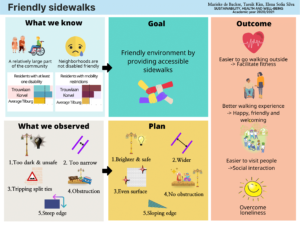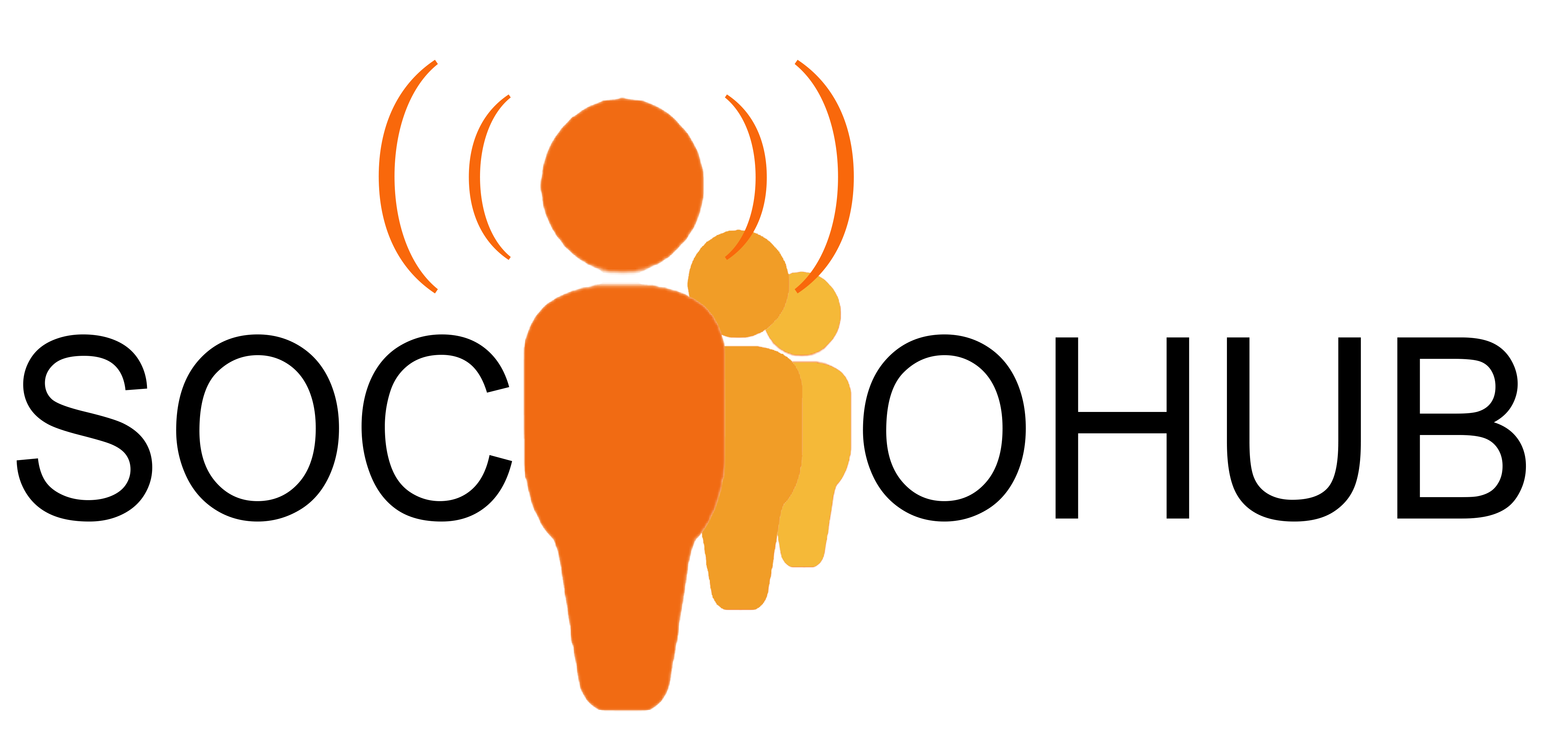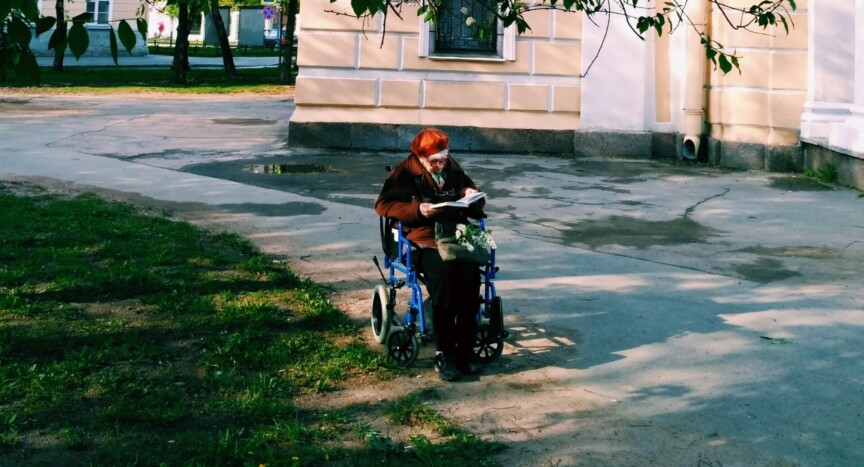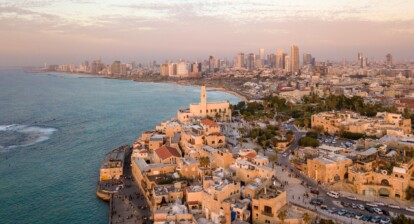 Imagine you’ve broken your leg and now you’re in a wheelchair for the upcoming three weeks. It’s late at night in Tilburg and you’re on your way home. Casually you move over the sidewalks, welcoming a gentle breeze after a hot summer day. You feel completely at ease in your neighbourhood, even when you’re in your wheelchair. Bright streetlights and neighbours strolling through the streets make you feel safe. In your neighbourhood you feel understood, connected, and welcome.
Imagine you’ve broken your leg and now you’re in a wheelchair for the upcoming three weeks. It’s late at night in Tilburg and you’re on your way home. Casually you move over the sidewalks, welcoming a gentle breeze after a hot summer day. You feel completely at ease in your neighbourhood, even when you’re in your wheelchair. Bright streetlights and neighbours strolling through the streets make you feel safe. In your neighbourhood you feel understood, connected, and welcome.
The neighbourhoods
However, the same idyllic picture cannot be seen in six neighbourhoods of the districts Korvel and Trouwlaan. The six neighbourhoods are the following: Uitvindersbuurt, Trouwlaan, Sint Anna Zuid, Sint Anna Noord, Schildersbuurt Zuid and Schildersbuurt Noord. Even though there are more residents with at least one disability in Korvel and Trouwlaan than on average in Tilburg and in the Netherlands [1], various aspects of the neighbourhoods aren’t disability-friendly. In these neighbourhoods there is a high number of people with mobility restrictions, mainly composed of disabled residents and elderly. So, especially in these six neighbourhoods, elderly and disabled people are important groups that should not be left out of the plans of the municipality. In the observations section, we will examine how these neighbourhoods could be improved in terms of security for disabled people.
The observation
Looking at the six neighbourhoods that fall under the districts of Kovel and Trouwlaan we found many examples of the area’s lack of friendliness towards people with restricted mobility. First, not all sidewalks in the neighbourhoods were well lit by streetlights. A lack of vision at night can lead to people tripping, which could be very bad for grandfathers and grandmothers, because the consequences of a fall are often worse for them. It’s important to say that dark sidewalks can also evoke a sense of unsafety [2]. This effect is also visible in statistics provided by the Leefbaarheidsmonitor Gemeente Tilburg [3], which show that in most of the neighbourhoods of Korvel and Trouwlaan, the perceived safety during the night is lower than the average of Tilburg. In a few words, currently the sidewalks aren’t lit well enough by streetlights in these neighbourhoods.
We also observed that the sidewalks weren’t particularly wheelchair or walker friendly. For example, some of the sidewalks are too narrow for a wheelchair user to comfortably pass. Also, the current sidewalks are characterized by a brick with split tiles, instead of an even surface, which can lead people to trip. Most of the sidewalks lack a sloping edge that allows people with wheelchairs, strollers and walkers to safely access the sidewalk; instead, they only have a step that lifts them from the street, which makes the sidewalks even more inaccessible for the mentioned groups. On top of those issues, there are currently various objects that obstruct the sidewalks: in some places, streetlights block part of the sidewalk, in other places, cars, benches and objects the residents have placed in front of their homes themselves, obstruct the sidewalk.
‘residents indicate to feel lonely or extremely lonely but there will be opportunities for them in the future’
The consequences
Inaccessible sidewalks make a lot of things more difficult for those with decreased mobility. For instance, going for a walk (and, as a consequence, maintaining a healthy level of fitness), visiting people and keeping in contact with others, or meeting new people gets harder. The lack of accessibility of the sidewalks could partially explain the relatively high percentage of residents that indicate feeling lonely or extremely lonely in Korvel and Trouwlaan, compared to the average of the Netherlands [4]. In sum, it’s clear that the current situation of the sidewalks in Korvel and Trouwlaan can be improved in order to create a friendlier environment for those with restricted mobility, which is exactly what our intervention aims to achieve.
The plan
Our intervention focuses on improving the situation of the sidewalks. Having accessible sidewalks is of great importance because people use them every day. These improved opportunities are the driving force behind this plan. First, sidewalks that are too narrow for the width of a wheelchair will be changed to be broader. Second, the surface of the pavement will not be made of bricks with split tiles anymore, but an even surface. This will prevent people from tripping over loose tiles. Third, in more places the characteristic step found on most sidewalks will be changed into a sloping edge that allows everyone to safely access the sidewalk.
Furthermore, an accurate map of the pavements will be created, with the aim of doing field research to locate objects that obstruct the passage of the sidewalks. With this overview it will be possible to intervene and remove all objects that are currently obstructing the sidewalks.
‘a better walking experience for all residents, but specifically for those with different mobility opportunities’
Examples of these are parked cars, benches and flowerpots. Streetlights that are positioned in such a way on the sidewalk that there is not enough space for a wheelchair to go past, will be relocated to make sure they don’t obstruct the passage anymore. To prevent feeling unsafe at night and injuries due to a lack of vision, more streetlights will be placed in the areas that are currently not lit well. Since this intervention aims to involve works on the electrical system, repositioning cables and performing masonry renovation, this could bring temporary inconveniences. However, an accurate timeline will ensure a minimal cost compared to the results that will be achieved upon completion of the renewal.
Everybody is welcome
In conclusion, the aim of this policy intervention is to create a friendly environment in the districts of Korvel and Trouwlaan for all residents, with a specific focus on the needs of elderly and disabled people in order to make everybody feel welcomed. The plan is to improve sidewalks, by making them passable, large and comfortable. Five main interventions are proposed: increasing the number of streetlights, widening the sidewalks, creating even surfaces for the pavements, removing obstructions and creating a sloping edge to access the sidewalk. These interventions will ensure a better walking experience for all residents, but specifically for those with different mobility opportunities. Those residents will benefit from physical activity since it has a positive influence on their health [5] and going out of their homes to walk outside will create more opportunities to meet people, increasing the chance for social interactions. Ultimately, the whole community will be safer and happier. The environment will be friendlier and more welcoming towards all its inhabitants without exception.
Referenties
- Gezondheid per buurt, wijk en gemeente. (2016). Rijksinstituut voor Volksgezondheid en Milieu. Retrieved March 20, 2021, from https://www.rivm.nl/media/smap/ervarengezondheid.html?gemeente=Tilburg
- Fotios, S., Unwin, J., & Farrall, S. (2014). Road lighting and pedestrian reassurance after dark: A review.
- Lighting Research & Technology, 47(4), 449-469. DOI: 10.1177/1477153514524587 Lemon Tilburg 2019. (2019) Lemon Tilburg. Retrieved March 20, 2021, from https://www.lemontilburg.nl/lemon2019/
- Gezondheid per buurt, wijk en gemeente. (2016). Rijksinstituut voor Volksgezondheid en Milieu. Retrieved March 20, 2021, from https://www.rivm.nl/media/smap/ervarengezondheid.html?gemeente=Tilburg
- Allison, M., & Keller, C. (1997). Physical activity in the elderly: Benefits and intervention strategies. The Nurse Practitioner, 22(8), 53-69. DOI:10.1080/00006205-199708000-00008







